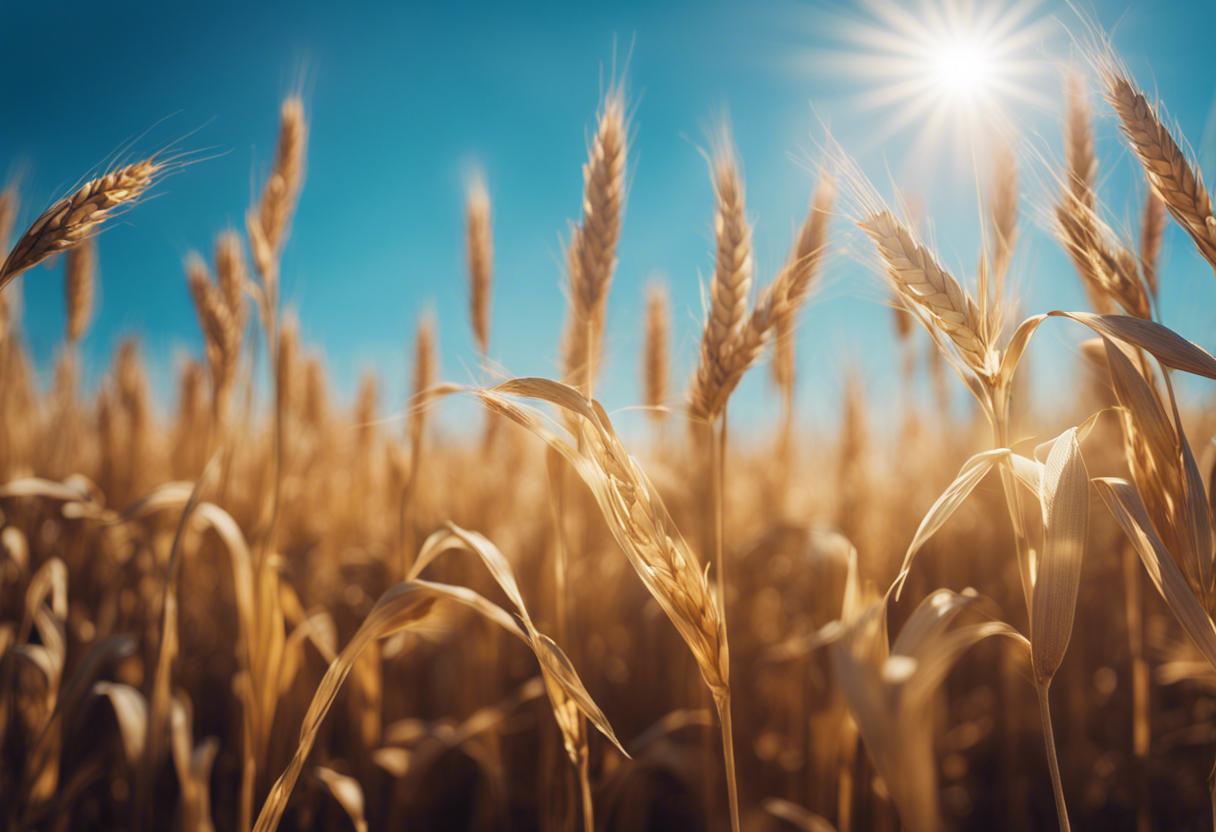The National Parks and Wildlife Service has declared that corncrake territories currently stand at their highest level in a quarter of a century. Research conducted earlier this year indicates that there are approximately 233 occupied territories, representing a 7% rise, or an increment of 15 birds, from 2023.
Despite the encouraging growth, corncrakes remain on Ireland’s Red List due to historical population declines, marking them as a severe conservation concern. From 1993 to 2019, the population fell from 189 to 163 birds. Notably contributing to this decrease was the extinction of the population on the Shannon Callows, where early 2000s summer flooding had a profound effect.
However, working cooperatively with farmers and landowners has proven successful, as the count of recorded territories in top breeding grounds such as Donegal, Mayo, and Galway have seen a 45% increase from the 2018 figures. Close to 1,500 hectares of land is now overseen by around 250 farmers and landowners with the purpose of protecting the corncrake.
The Corncrake Life Project, initiated in 2021, has farmers and landowners collaborating to enhance the habitats for corncrakes, both within Special Protection Areas and the adjacent farmlands. An analysis of project data demonstrated the effectiveness of numerous strategies. Delaying mowing until mid-August, for instance, offers corncrake fledglings a safe environment, whilst the creation of sprawling patches of nettles or crops provides excellent hiding spots. Adjusting mowing patterns to a “centre-out” method has been observed to decrease chick mortality by up to 60%.
In addition, schemes offering targeted grants act as financial encouragement for farmers to safeguard the birds and allow them to successfully raise their offspring. With the help of agricultural contractors during harvest season and the introduction of “flushing bars” on mowers to spook birds out of danger, these protections have proven to be both efficient and innovative.
Dr John Carey, the overseer of the Corncrake Life Project, expressed concern over the continuous precarious state of corncrakes. He pointed out that the past summer was particularly harsh on many creatures in the wild, with a significant depletion in insect populations having serious ripple effects on birds such as corncrakes. On the other hand, Malcolm Noonan, the State Minister for Nature, lauded the data as “outstanding outcomes”. He attributed these positive figures to the combined efforts of farmers, property owners, and corncrake preservation initiatives led by the NPWS.

